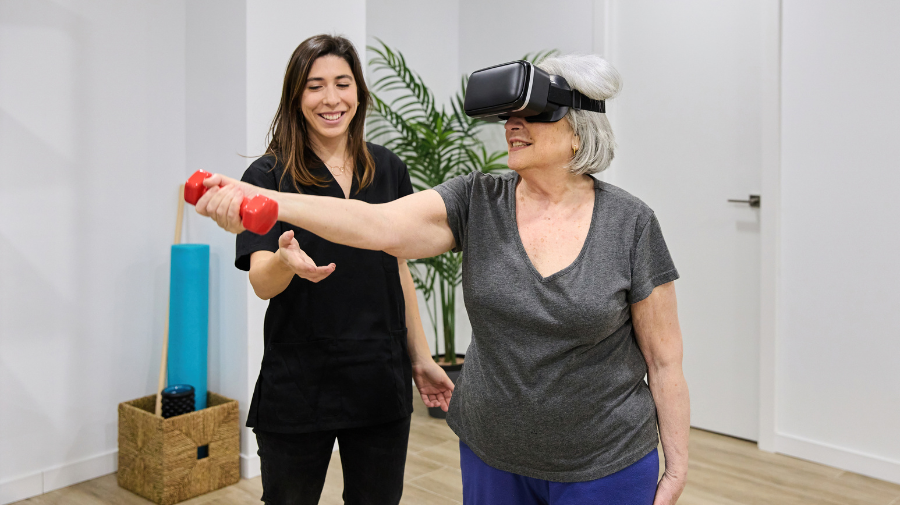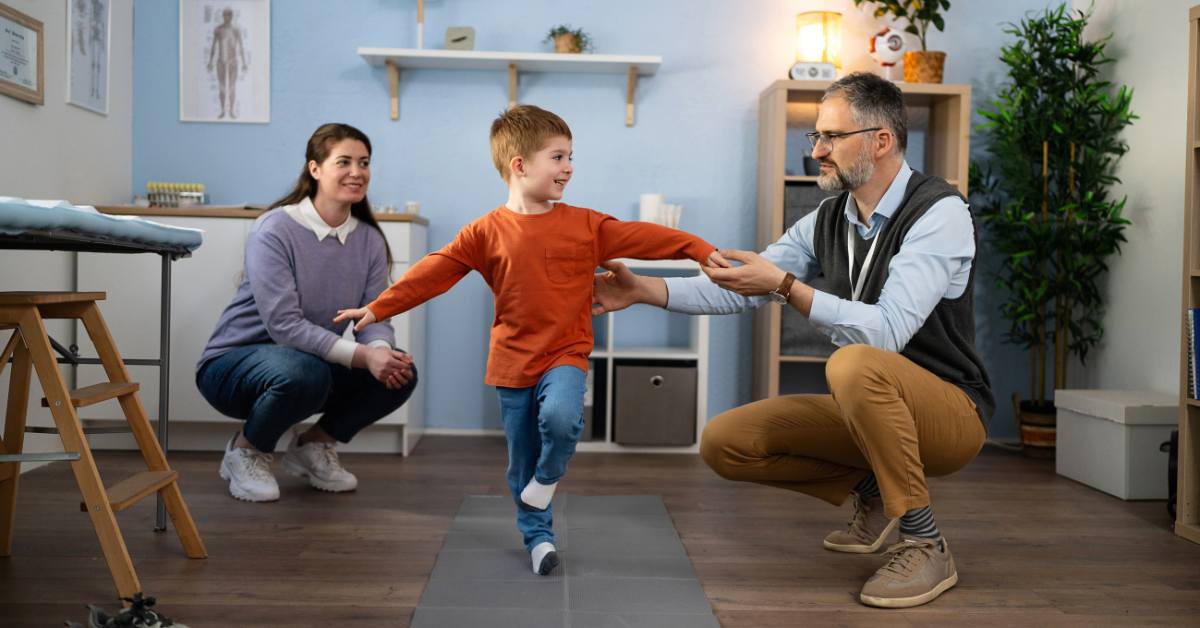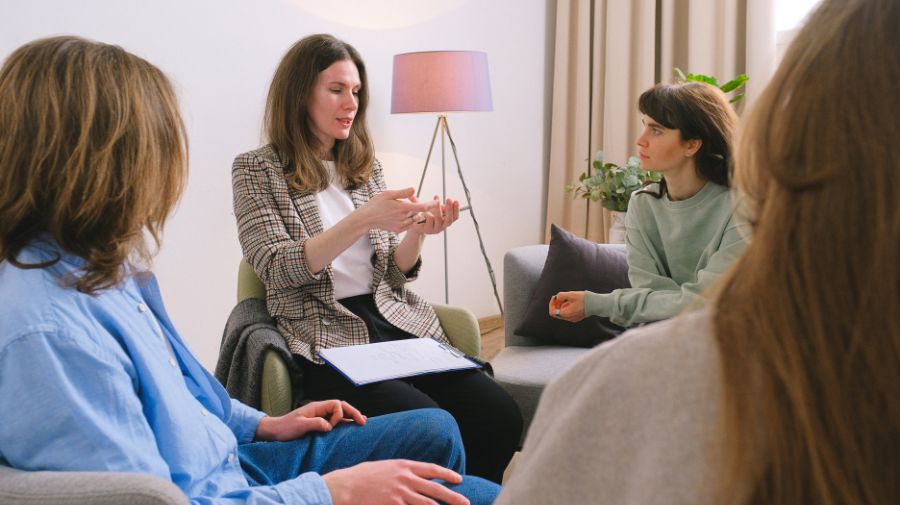Youth and substance use: Early intervention and support in Minnesota

What helped you cope when life was tough as a teenager? Maybe it was confiding in a trusted adult, playing sports, or finding escape in your favorite hobby. Teens today face challenges similar to those of past generations, but modern pressures like social media, academic competition, and a lingering mental health crisis can make those challenges feel heavier. For some, these pressures lead to substance use as a way to dull the pain or escape reality.
Substance use among young people isn’t just about experimentation; it’s often tied to deeper struggles like untreated trauma, anxiety, or depression. This is why early intervention matters so much. Minnesota is making strides in tackling this issue head-on, offering innovative programs that provide teens and their families with the support they need, when and where they need it most.
Why early intervention matters
Teen substance use is rarely an isolated behavior. It’s often linked to larger struggles, from bullying to undiagnosed mental health conditions. Research shows that stepping in early can break this cycle. According to the National Institute on Drug Abuse, 10.9% of 8th graders reported using illicit drugs in 2023. These numbers grow with age, making early detection and support critical. Effective interventions don’t just prevent experimentation from evolving into addiction; they can transform outcomes for young people, setting them on a healthier path.
But early intervention goes beyond just identifying at-risk teens. You need to meet them where they’re already at—in their schools, communities, and homes—with tailored solutions that are both compassionate and accessible.
School-based mental health care making an impact
One of the most promising arenas for early intervention is within schools. For many young people, their school is not just a place to learn but a community where they spend the majority of their day. Integrating mental health services into schools removes barriers like cost, transportation, or stigma, making care more accessible.
Programs like Canvas Health’s school-based mental health services are changing the game for Minnesota students. Counselors from programs like their Therapeutic Assistance Program (TAP) work alongside school staff to identify needs, conduct diagnostic assessments, and provide one-on-one therapy.
Consider a student struggling with social anxiety who begins experimenting with substances to cope. A counselor at their school not only helps them identify healthier ways to handle anxiety but also collaborates with their family to strengthen the support system at home. This mix of academic and emotional support can be life changing. By catching these behaviors early, programs like TAP address the root causes before they spiral into something more serious.
Recovery options customized for youth
Despite strong prevention efforts, not all substance use can be intercepted early. When the need for more intensive support arises, Minnesota offers specialized options that cater to teens and their families.
One standout program is Minnesota Adult & Teen Challenge’s Lakeside Academy. This residential program, designed for boys aged 14 to 18, provides personalized treatment for substance use and behavioral challenges. It combines addiction recovery with educational and vocational training, recognizing that helping teens heal isn’t just about treating the symptoms but addressing the underlying causes.
For teens who don’t require residential treatment, Minnesota Adult & Teen Challenge offers outpatient services that fit seamlessly into daily life, allowing teens to continue school and other activities while working on their recovery. These programs emphasize not only sobriety but holistic well-being, empowering teens to rebuild emotionally, mentally, and socially.
Through a focus on family involvement and long-term recovery strategies, these programs aim to equip teens and their loved ones with the skills they need to sustain positive changes.
Lessons for providers beyond Minnesota
The strategies being used in Minnesota offer a blueprint for providers and clinicians in other regions. Whether you’re in a rural community or a bustling city, here are some takeaways:
- Think locally: Just as Minnesota integrates programs within schools and neighborhoods, tailor your approach to the unique needs of your community. Are there underutilized spaces like schools, churches, or community centers where resources could be offered?
- Collaborate across sectors: Schools, local nonprofits, and healthcare providers each play a unique role. Partnering with organizations that already have trusted relationships with young people can make interventions more effective.
- Promote family involvement: Teens don’t recover in isolation. Programs like Lakeside Academy demonstrate the power of family-inclusive care, which strengthens the support system at home and increases the chances of lasting recovery.
- Focus on access: Barriers like cost, location, or stigma prevent many young people from seeking help. Reduce these hurdles wherever possible by offering free or low-cost services, telehealth options, or school-based programs.
By adopting these strategies, any community can begin to close the gap between teens who need help and teens who get help.
A hopeful future
Substance use is a deeply personal and complex challenge, but it doesn’t have to define a teen’s future. With the right support, early intervention, and recovery programs in place, young people can find healthier ways to cope, thrive, and reach their full potential.
Minnesota’s thoughtful approach demonstrates what’s possible when we focus on solutions instead of solely the problem. By embedding care into schools, providing tailored recovery programs, and empowering families, Minnesota is not just responding to youth substance use; it’s rewriting the narrative around it. Whether a parent, provider, or policymaker, there’s something to learn from their collective commitment to supporting young lives.
Let’s keep forging paths that prioritize compassion, accessibility, and action. Together, we can make a difference—not just in Minnesota, but everywhere.






